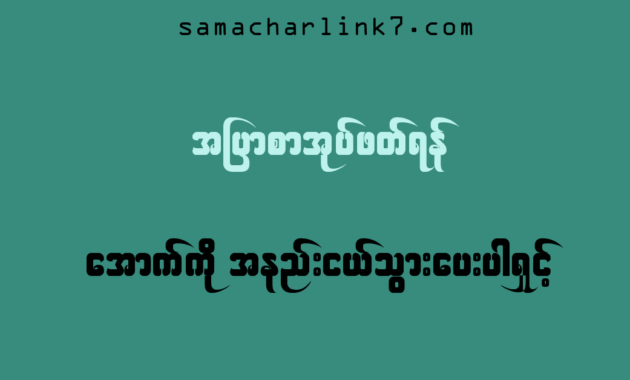
Artificial Intelligence (AI) is transforming the way we learn and translate languages. With advanced algorithms and machine learning capabilities, AI-powered tools are making language learning more accessible, efficient, and interactive. Whether you are a student, traveler, or business professional, AI-driven language solutions can help you communicate effectively across different cultures.
AI in Language Learning
AI technology is enhancing language learning through personalized and interactive experiences. Here’s how:
1. Personalized Learning Plans
AI analyzes a learner’s strengths and weaknesses to create customized lesson plans. Platforms like Duolingo and Babbel use AI to adjust difficulty levels based on progress, ensuring efficient learning.
2. Real-Time Feedback
AI-powered applications provide instant corrections and suggestions on pronunciation, grammar, and vocabulary. Tools like Google’s Speech-to-Text and ELSA Speak help learners improve their speaking skills by analyzing their voice.
3. Chatbots and Virtual Tutors
AI chatbots act as virtual language tutors, enabling learners to practice conversations in real-time. These chatbots use Natural Language Processing (NLP) to simulate human-like discussions, improving fluency and confidence.
4. Gamification and Engagement
AI integrates gamification techniques, such as rewards and interactive exercises, to make learning fun and engaging. This approach motivates users to practice regularly and retain information effectively.
AI in Language Translation
AI-powered translation tools are breaking down language barriers and improving global communication. Here’s how AI is making translation easier and more accurate:
1. Neural Machine Translation (NMT)
Traditional translation methods often resulted in awkward or incorrect translations. AI-powered NMT, used by Google Translate and DeepL, delivers more accurate and context-aware translations.
2. Speech Recognition and Real-Time Translation
AI-driven speech recognition tools can convert spoken words into text and translate them instantly. Applications like Google Assistant and Microsoft Translator allow travelers and professionals to communicate seamlessly.
3. Image and Text Translation
AI enables instant translation of written text, such as signs and documents. Tools like Google Lens can scan and translate text in real time, making it easier to navigate foreign environments.
4. AI-Powered Subtitles
AI is revolutionizing the media industry by generating real-time subtitles in multiple languages. This feature enhances accessibility and allows people to enjoy content in different languages effortlessly.
The Future of AI in Language Learning and Translation
As AI technology continues to evolve, we can expect even more innovative language learning and translation solutions. AI-driven language models like OpenAI’s GPT are improving conversational AI, making human-like translations and tutoring more accurate and efficient.
AI is not only making language learning easier but also bridging communication gaps globally. With continued advancements, AI will play an even greater role in fostering cross-cultural understanding and collaboration.

